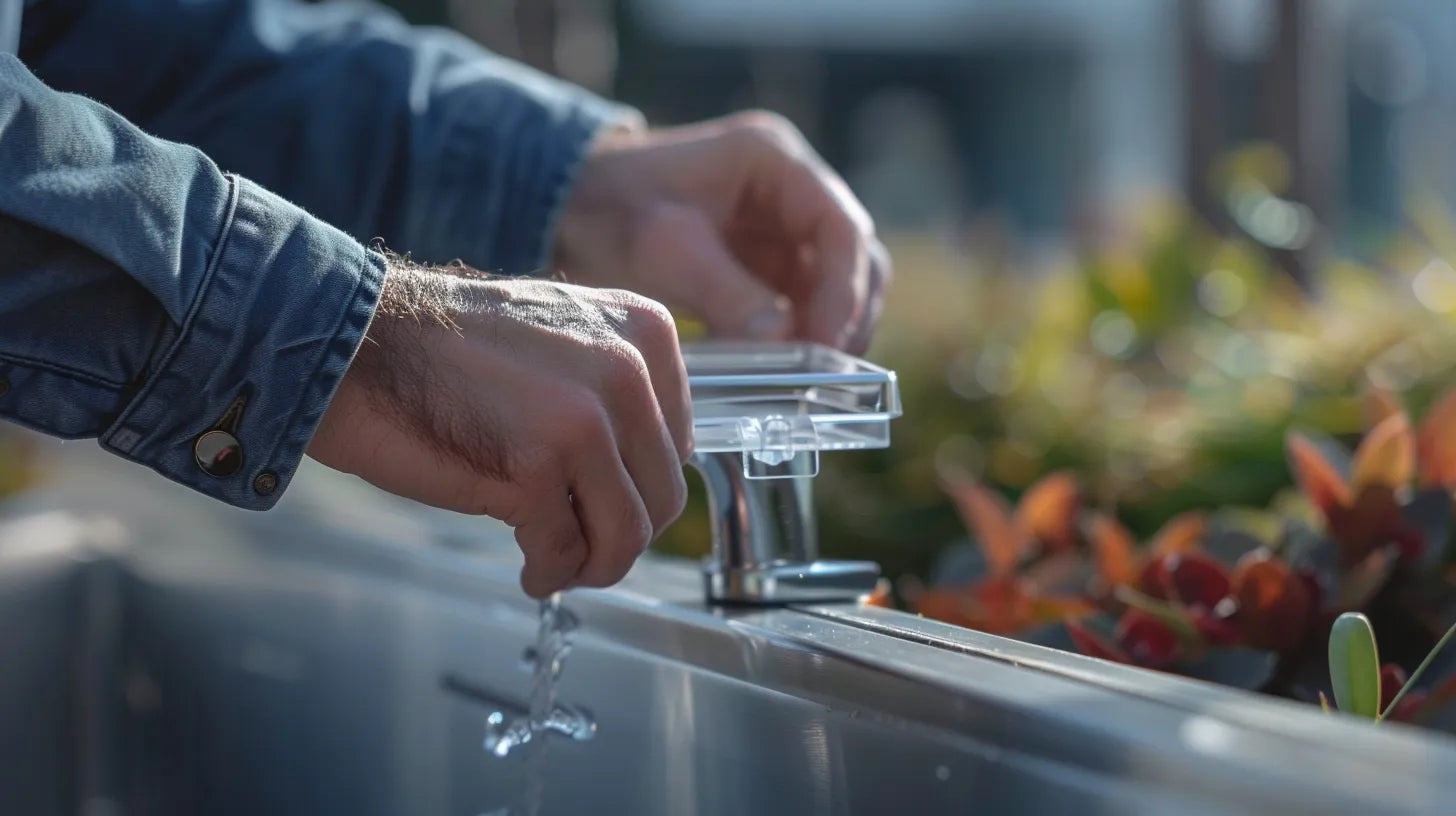As winter approaches, the often overlooked task of securing outdoor plumbing becomes paramount to prevent costly repairs. The process of installing a faucet cover, while seemingly straightforward, involves a few critical steps that can significantly enhance the protection against freezing temperatures.
Beginning with the selection of an appropriate cover—be it foam or bag-style—ensuring a snug fit is crucial. However, the intricacies of achieving an optimal seal and the subsequent benefits of such an endeavor are not as widely understood.
A deeper exploration into these aspects reveals the nuanced techniques that can fortify your home's defenses against the cold, inviting a further examination of the subject.
Understanding Faucet Covers
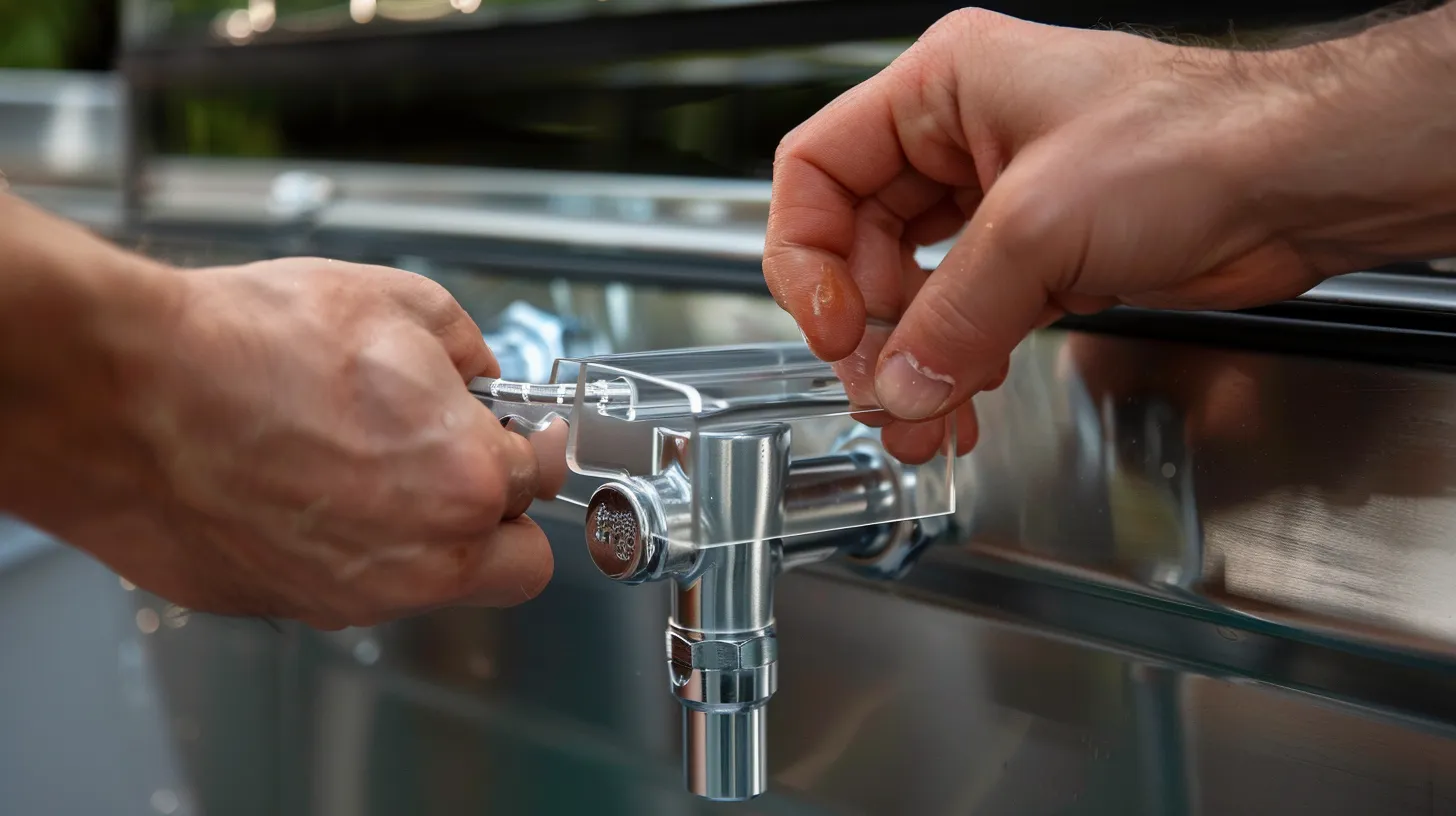
Faucet covers, designed to insulate outdoor water faucets, play a crucial role in preventing freezing during cold weather and avoiding costly damages. These essential accessories serve as a protective barrier for your outdoor water supply, ensuring that the harsh elements of winter do not lead to broken pipes or malfunctioning faucets, which can be expensive to repair. By effectively blocking out freezing temperatures, faucet covers help maintain the integrity of your outdoor water systems, safeguarding against water wastage and ensuring uninterrupted access to water outside the home.
Available in various styles, including foam and bag-style designs, faucet covers cater to different preferences and needs. Whether you have a standard faucet or one with a unique shape, there's a cover to fit it. The effectiveness of these covers largely depends on their proper installation. Ensuring a tight seal is paramount, as it directly impacts the cover's ability to insulate the faucet against cold. A well-installed faucet cover not only extends the lifespan of your outdoor water faucets but also represents a simple, cost-effective measure to protect your home's water supply during winter months.
Gather Your Supplies
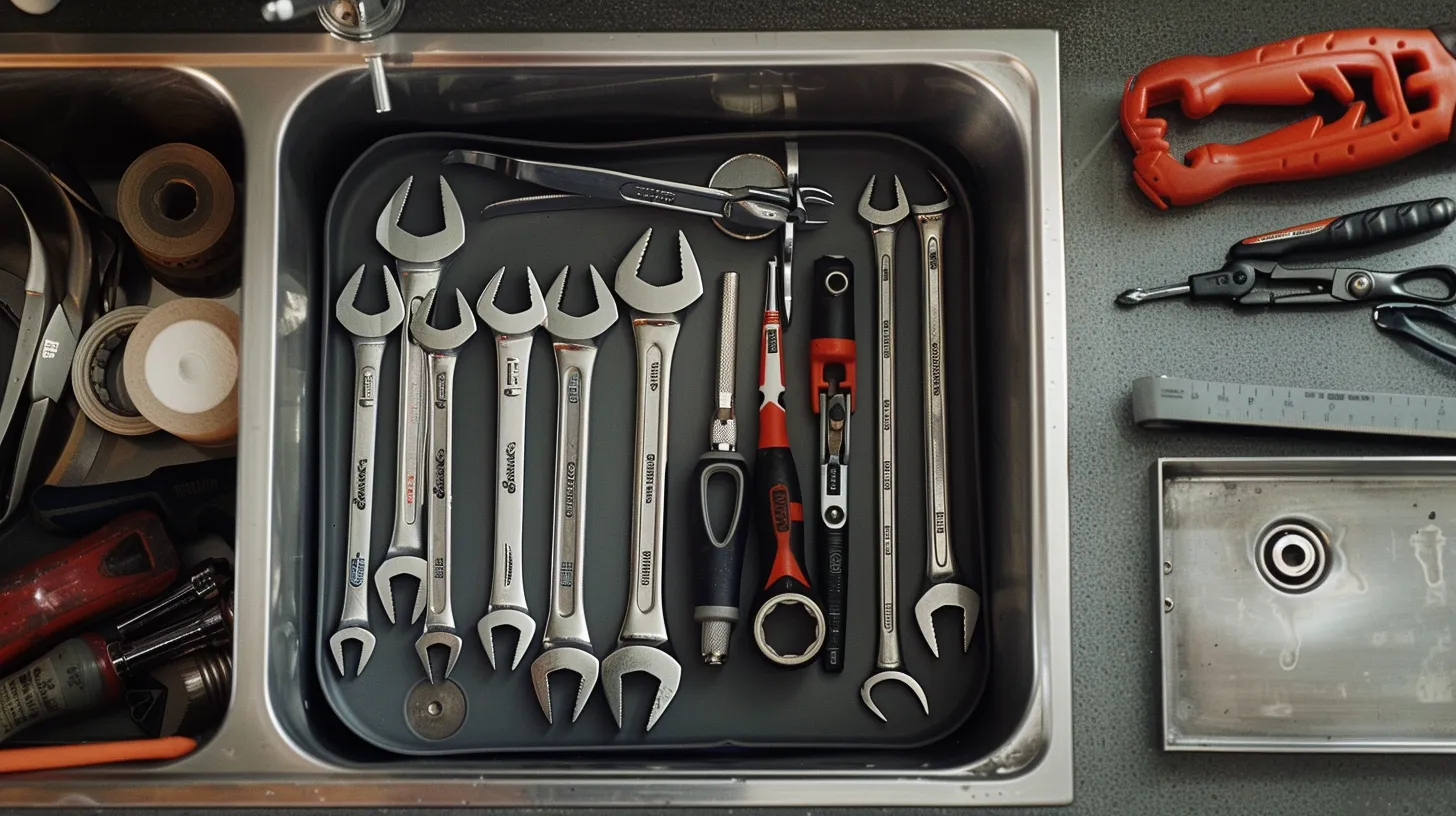
Before initiating the installation of your faucet cover, it is essential to compile all necessary supplies, ensuring a smooth and effective process. The primary item you need is, of course, the faucet cover itself. Depending on your preference and the specific needs of your outdoor faucet, you may choose either a foam faucet cover or a bag-style cover. Each type offers different levels of insulation and protection against freezing temperatures, so select the one that best suits your environment.
In addition to the cover, it's crucial to have the right materials to secure and seal it in place. Rope caulk or spray foam can be invaluable for sealing any gaps around the faucet cover, preventing cold air from reaching the faucet. This step is crucial for maximizing the effectiveness of the cover by ensuring that no part of the faucet is exposed to the cold.
Lastly, having a wrench handy is advisable to help secure the faucet cover in place. This tool will allow you to adjust the cover as needed, ensuring a tight fit. Positioning the cover securely over the outdoor faucet and ensuring a tight seal are key steps in protecting your outdoor faucet from winter weather.
Remove Attached Hoses
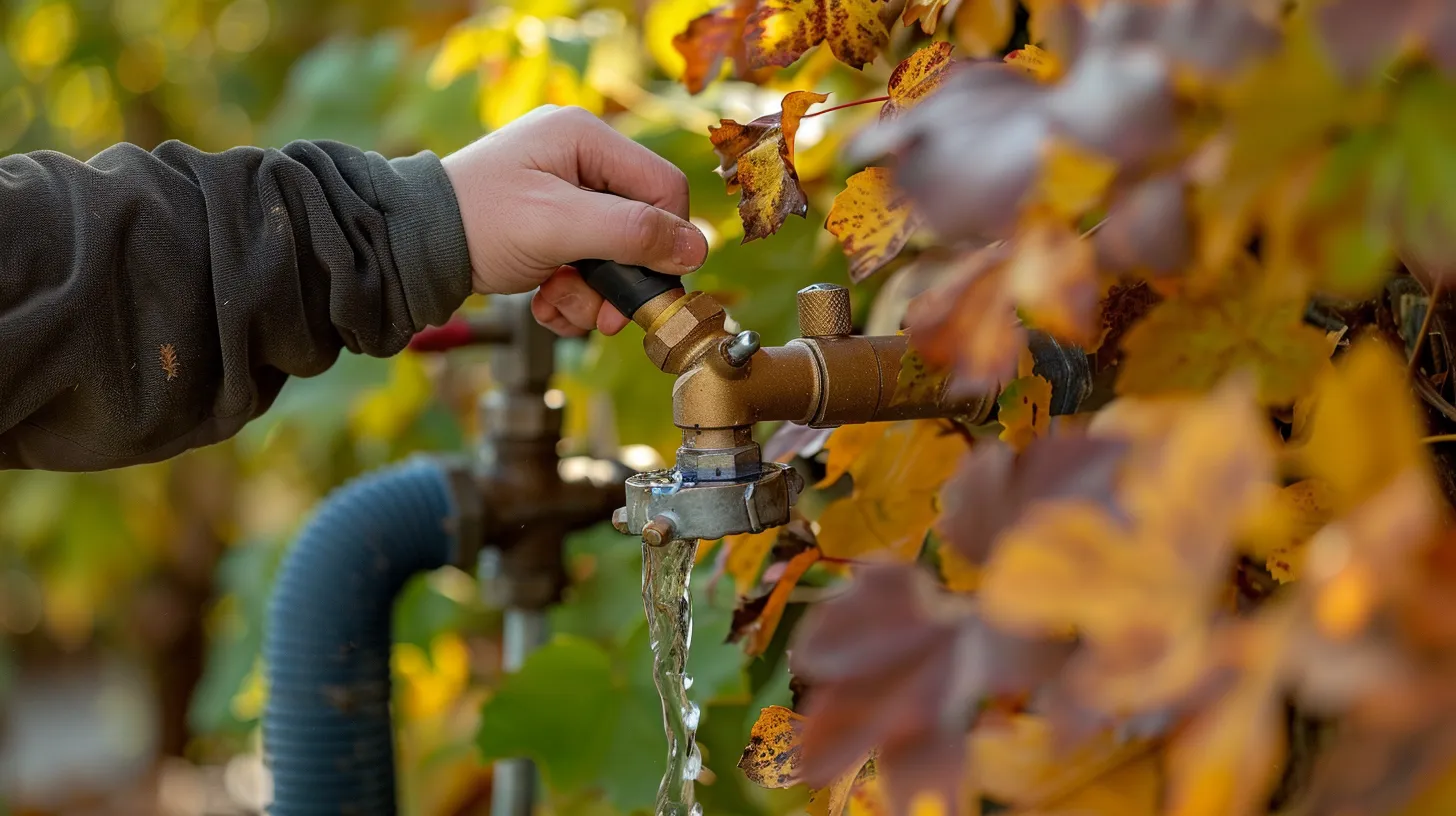
To initiate the installation of a faucet cover, the first crucial step involves unscrewing and removing any garden hoses attached to the outdoor spigot. This action is not merely procedural but essential in preparing your outdoor plumbing for the cold season. Detaching the garden hose is crucial for several reasons, primarily to ensure that the insulated faucet cover fits securely and performs its function effectively.
Once the hose is disconnected, it's imperative to drain all residual water from it. This step is critical to prevent any remaining water from freezing, which could lead to damage not just to the hose but potentially to the plumbing itself. Water left in a hose can freeze and expand, causing the hose to crack or even burst. Furthermore, removing the hose eliminates the risk of ice buildup within the spigot, which could lead to blockages or damage to the outdoor faucet itself.
Taking off the hose represents the initial measure in a series of steps designed to safeguard your outdoor plumbing fixtures from the harsh effects of freezing temperatures. This action ensures that the path is clear for the proper installation of an insulated faucet cover, thus providing optimal protection against the winter elements.
Secure the Faucet Cover
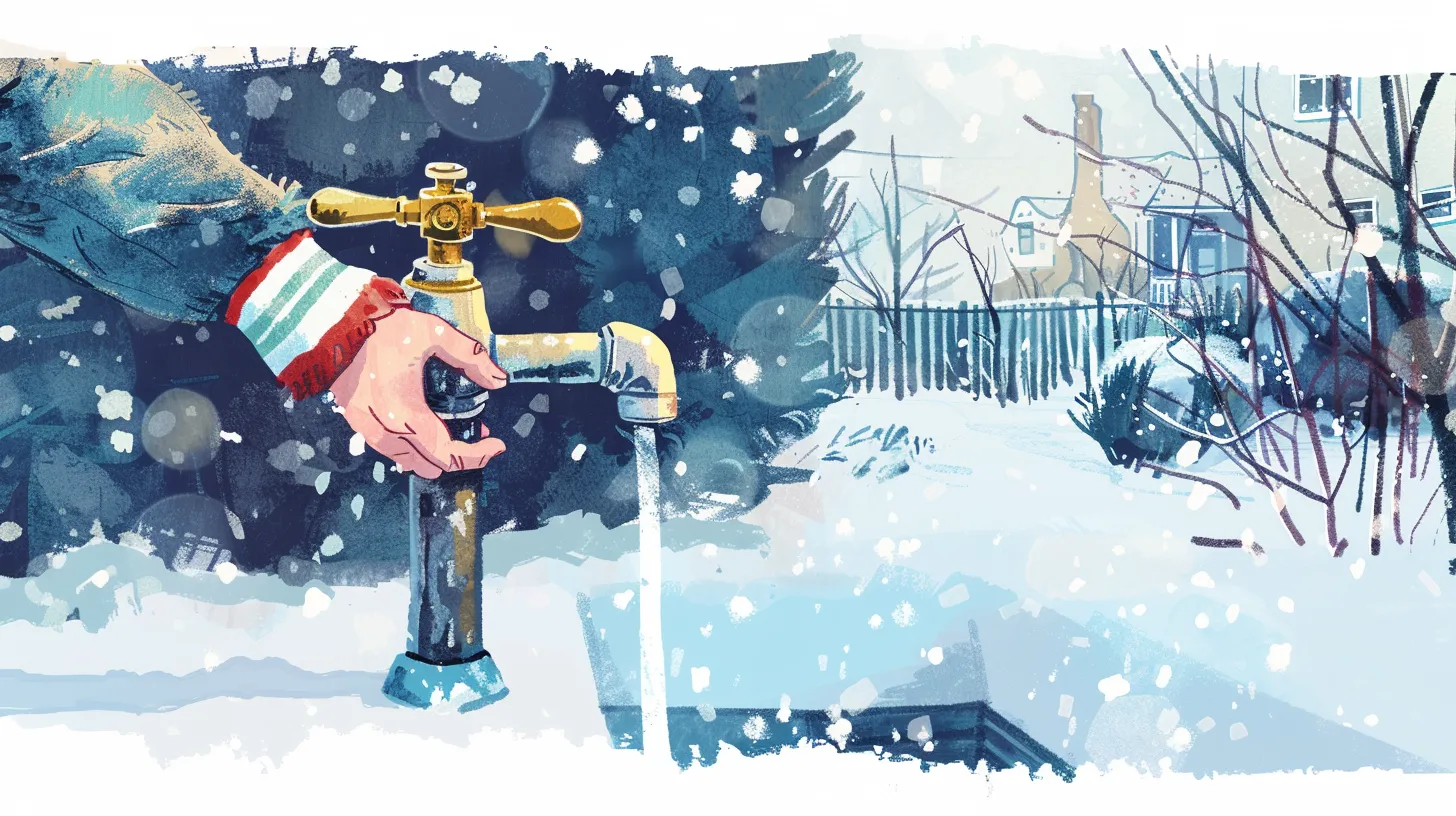
Having removed and drained the attached hoses, the next critical step involves securing the faucet cover over the outdoor spigot to ensure it is adequately insulated against the cold. Properly installing a faucet cover is essential for preventing costly water damage from burst pipes during winter months. Achieving a snug and secure fit is crucial for effective insulation and protection against freezing temperatures.
To ensure your faucet cover is securely attached and effectively insulating your outdoor spigot, follow these steps:
-
Position the Faucet Cover: Carefully place the faucet cover over the spigot, ensuring it covers the entire fixture. The cover should sit flush against the exterior wall to minimize heat loss.
-
Tighten Using the Lock Mechanism: Most faucet covers come with a cord lock or slide lock mechanism. Use this feature to tighten the cover around the spigot, ensuring there are no loose areas that could let in cold air.
-
Seal Any Gaps: Inspect the cover for any openings or gaps. Use rope caulk or spray foam to seal these areas, eliminating potential entry points for cold air.
-
Check for a Snug Fit: Ensure the faucet cover fits snugly against the house. A tight fit helps retain heat around the spigot, further protecting it from freezing temperatures.
Inspect and Maintain Regularly

Regular inspections and maintenance of the faucet cover are essential for ensuring its continued effectiveness in preventing freezing during the winter months. To maintain optimal performance, it is crucial to regularly inspect the faucet cover for any signs of wear or damage. Identifying and addressing any issues early can prevent potential failures when you need protection the most.
Moreover, cleaning the faucet cover periodically is vital in removing any dirt, debris, and mold buildup that could compromise its insulating properties. This not only ensures the cover functions properly but also contributes to extending its lifespan.
Additionally, checking the fit of the faucet cover is imperative to ensure it remains snug and secure against the outdoor faucet. A loose cover might not provide adequate insulation, increasing the risk of freezing. If the faucet cover shows signs of deterioration or if it no longer fits as it should, replacing it becomes necessary. Doing so ensures that the insulation remains effective, safeguarding your outdoor faucets against freezing temperatures.
Proper maintenance of the faucet cover, therefore, is not just about prolonging its use but also about ensuring the integrity and functionality of your outdoor plumbing during cold weather.


